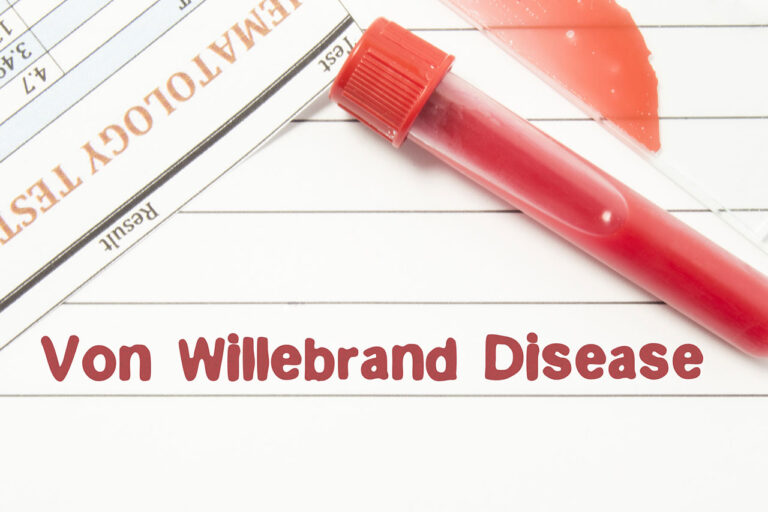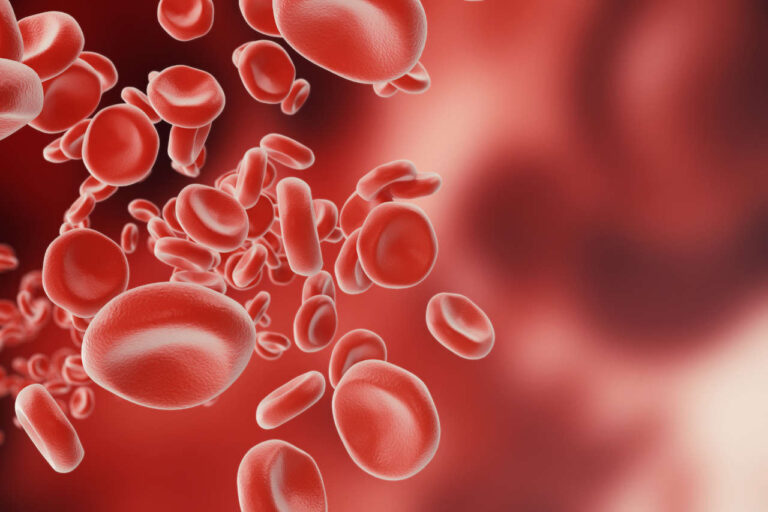
中毒性表皮坏死松解症 (TEN) 是一种罕见且危及生命的皮肤反应。它最常由某些药物引发。然而,在极少数情况下,感染或疫苗接种也可能引起它。
与专家讨论共付额援助
严重形式的 史蒂文-约翰逊综合征 (圣何塞·杰斐逊综合征 (SJS)),当身体超过 30% 的面积出现大面积起泡和脱皮时,即可诊断为 TEN。TEN 还会对口腔、鼻腔、喉咙、眼睛和生殖器的湿润内壁(粘膜)造成广泛损害。
患有 SJS 的患者会出现小面积皮肤剥落,影响不到身体的 10% 区域。SJS-TEN 重叠病是指身体的 10% 至 30% 区域受到影响。
中毒性表皮坏死松解症有多常见?
TEN 是一种罕见疾病,每年每百万美国成年人中就有 1.9 人受到影响 [1].
什么原因导致中毒性表皮坏死松解症?
在某些情况下,确切病因尚不清楚。在其他情况下,多种因素可诱发TEN,包括:
- 抗癫痫药物:苯巴比妥、苯妥英、卡马西平、丙戊酸和拉莫三嗪
- 抗菌药物:磺胺类药物(甲氧苄啶-磺胺甲恶唑)、氯霉素、青霉素和环丙沙星
- 非甾体抗炎药(NSAID):吡罗昔康、美洛昔康
- 抗痛风剂:别嘌呤醇
- 抗艾滋病毒药物:奈韦拉平和阿巴卡韦
罕见的诱因包括:
- 细菌感染:肺炎支原体感染
- 病毒感染:疱疹和甲型肝炎
- 疫苗:脑膜炎球菌 B 和 MMR 疫苗
- 移植物抗宿主病
风险因素
以下因素可能会增加患 TEN 的风险:
- HIV感染
- 免疫系统较弱(例如艾滋病毒/艾滋病和自身免疫性疾病)
- TEN 的个人或家族病史
- 遗传因素
- 癌症(特别是血癌)
症状

- 身体疼痛
- 咳嗽
- 发烧
- 发冷
- 头痛
- 眼睛红肿
随着病情的进展,您可能会出现:
- 广泛的皮肤疼痛
- 皮疹迅速蔓延,影响身体超过 30%
- 水泡和脱皮
- 口腔、眼睛、呼吸道和生殖器等粘膜出现溃疡和肿胀
这些体征和症状可能与其他皮肤病相似。由于TEN可能危及生命,如果您怀疑自己有TEN症状,请立即就医。
中毒性表皮坏死松解症治疗
TEN 患者需要紧急住院治疗,最好是重症监护病房 (ICU) 或烧伤中心。治疗主要为支持性治疗,包括 [2]:
- 停止所有潜在触发因素
- 隔离以防止感染
- 静脉输液和营养
- 保护性敷料和抗菌霜或软膏,以防止皮肤感染
- 如果出现感染迹象,则进行抗生素治疗
- 减轻疼痛的药物
- 眼部和口腔检查
- 通过面罩供氧(如果需要)
- 预防血栓的药物
目前尚无针对TEN的特定治疗方法。但是,医生可能会根据您的年龄、症状严重程度、预期和偏好,考虑以下治疗方案:
静脉注射免疫球蛋白(IVIG)
免疫球蛋白 是一种含有抗病蛋白质的无菌液体(免疫球蛋白 或抗体)。一些研究表明,早期使用高剂量 IVIG 治疗可提高生存率并加快康复速度。3].
全身性类固醇
您的医生可能会给您开类固醇来阻止TEN的进展。然而,类固醇的使用仍存在很大争议。一些研究表明,类固醇可能会增加死亡风险。
类固醇静脉注射免疫球蛋白
根据最近发表在 美国皮肤病学会杂志, 临床医生应考虑采用 IVIG 和类固醇联合疗法治疗 TEN [4]. 该评论的作者得出结论,这种组合可能会降低 TEN 患者的死亡风险。
血浆置换术(血浆交换)
血浆置换术将血液中的液体部分(血浆)与血细胞分离。分离后,血细胞与液体混合,然后输回体内。
每天进行血浆置换,持续三天,可以帮助清除体内的致病药物、其副产物和其他炎性物质。
肿瘤坏死因子-α(TNF-α)抑制剂
TNF-α抑制剂,例如 英夫利昔单抗 和依那西普可能有助于治疗中毒性表皮坏死松解症的皮肤病变。它们可以单独使用,也可以作为二线药物。
IVIG 有帮助吗?| 免费 IVIG 治疗信息
中毒性表皮坏死松解症存活率
中毒性表皮坏死松解症导致约25%例患者死亡,儿童死亡率较低(不足10%)。以下情况死亡率更高:[5, 6]:
- 超过 40 岁
- 血糖高
- 心率过快
- 患有慢性肾病
并发症
70岁以上的人最容易出现并发症。同样,肝硬化(肝脏瘢痕形成)或癌症患者出现并发症的风险也更高。
TEN 的并发症包括:
脓毒症
败血症或血液感染是一种危及生命的疾病。当免疫系统对感染做出反应,损害人体重要器官,导致休克和器官衰竭时,就会发生败血症。
呼吸问题
如果肺部受到影响,您可能会感到呼吸困难。在严重的情况下,您的肺部可能会变得非常虚弱,导致二氧化碳过量,血液中氧气不足。
眼部问题
与 TEN 相关的眼部问题包括干眼症、睫毛内生、角膜瘢痕,以及在极少数情况下导致失明。
中毒性表皮坏死松解症的长期影响
TEN 幸存者的一些长期影响包括:
- 皮肤干燥发痒
- 头发或指甲脱落
- 出汗过多
- 眼睛干涩
- 对光敏感
- 口干
- 肺损伤
在最近对 121 名 TEN/SJS 幸存者进行的一项调查中,超过一半的人筛查出患有抑郁症,超过 40% 的人筛查出患有焦虑症[7].
获得经济援助
中毒性表皮坏死松解症 (TEN) vs. 史蒂文-约翰逊综合征 (SJS)
TEN 和 SJS 的主要区别如下:
|
特征 |
十 |
圣杰斯 |
|
严重程度 |
更严重 |
不太严重 |
|
受影响的体表 |
超过 30% |
小于 10% |
|
美国发生的事件 |
每年每百万人1.9人 |
每年每百万人9.3人 |
|
死亡率 |
成人约25% |
关于10% |
常见问题
哪种药物会导致中毒性表皮坏死松解症?
通常与中毒性表皮坏死松解症相关的药物有:
- 抗癫痫药物:苯巴比妥、苯妥英、卡马西平、丙戊酸和拉莫三嗪
- 抗菌药物:磺胺类药物(甲氧苄啶-磺胺甲恶唑)、氯霉素、青霉素、环丙沙星
什么原因导致表皮坏死松解症?
药物是成人 TEN 的主要原因,而感染是儿童 TEN 的主要原因。
中毒性表皮坏死松解症会影响哪一层皮肤?
中毒性表皮坏死松解症会导致皮肤表层(表皮)与皮肤下层(真皮)分离。
中毒性表皮坏死松解症的临床特点是什么?
TEN 会导致身体超过 30% 的皮肤脱皮。它还会对口腔、鼻子、喉咙、眼睛和生殖器的湿润内壁(粘膜)造成广泛损害。
参考:
- Labib A, Milroy C. 中毒性表皮坏死松解症。[更新于2023年5月8日]。出处:StatPearls [互联网]。金银岛(佛罗里达州):StatPearls出版社;2024年1月至今。访问网址:https://www.ncbi.nlm.nih.gov/books/NBK574530/#
- Seminario-Vidal,Lucia 等人。“美国皮肤病学会住院医师协会针对成人 Stevens-Johnson 综合征/中毒性表皮坏死松解症管理的支持性护理指南。”《美国皮肤病学会杂志》第 82,6 卷 (2020): 1553-1567。doi:10.1016/j.jaad.2020.02.066
- Momin, Saira B.“静脉注射免疫球蛋白治疗史蒂文斯-约翰逊综合征和中毒性表皮坏死松解症的综述。”《临床与美容皮肤病学杂志》第2,2卷(2009年):51-8。
- Tsai, Tsung-Yu 等人。“全身免疫调节疗法治疗中毒性表皮坏死松解症:系统评价与网络荟萃分析。”《美国皮肤病学会杂志》第 84,2 卷 (2021): 390-397。doi:10.1016/j.jaad.2020.08.122
- Benedetti, Julia. “史蒂文斯-约翰逊综合征 (SJS) 和中毒性表皮坏死松解症 (TEN)。”《默克诊疗手册消费者版》,2024 年 2 月 16 日,www.msdmanuals.com/home/skin-disorders/hypersensitivity-and-reactive-skin-disorders/stevens-johnson-syndrome-sjs-and-toxic-epidermal-necrolysis-ten。
- Wasuwanich, Paul 等人。“美国史蒂文斯-约翰逊综合征和中毒性表皮坏死松解症的流行病学及预后预测因素。”JAAD international 第 13 卷,17-25 页。2023 年 7 月 11 日,doi:10.1016/j.jdin.2023.06.014
- Hoffman, Melissa 等人。“Stevens-Johnson 综合征/中毒性表皮坏死松解症的长期生理和心理后果。”《JAMA 皮肤病学》第 157,6 卷 (2021): 712-715。doi:10.1001/jamadermatol.2021.1136













